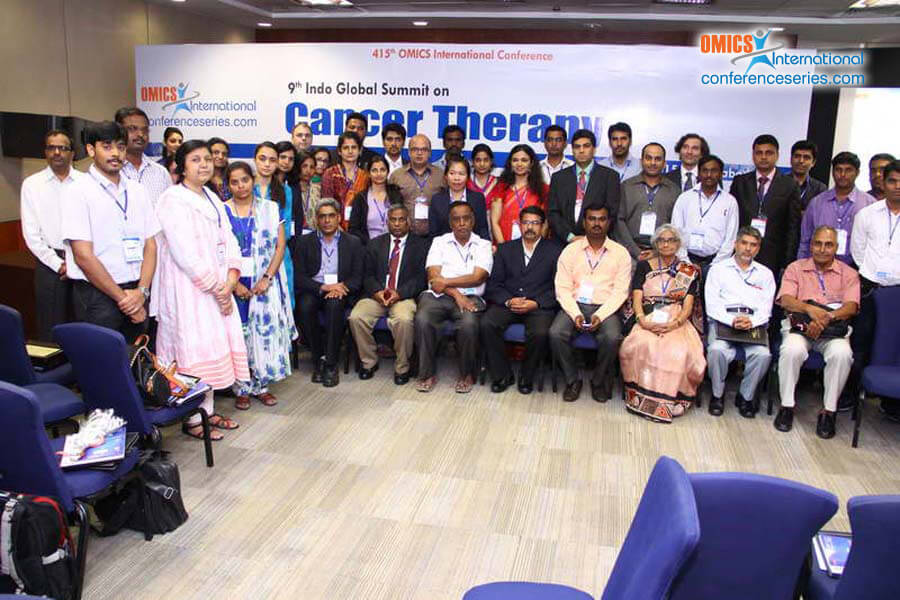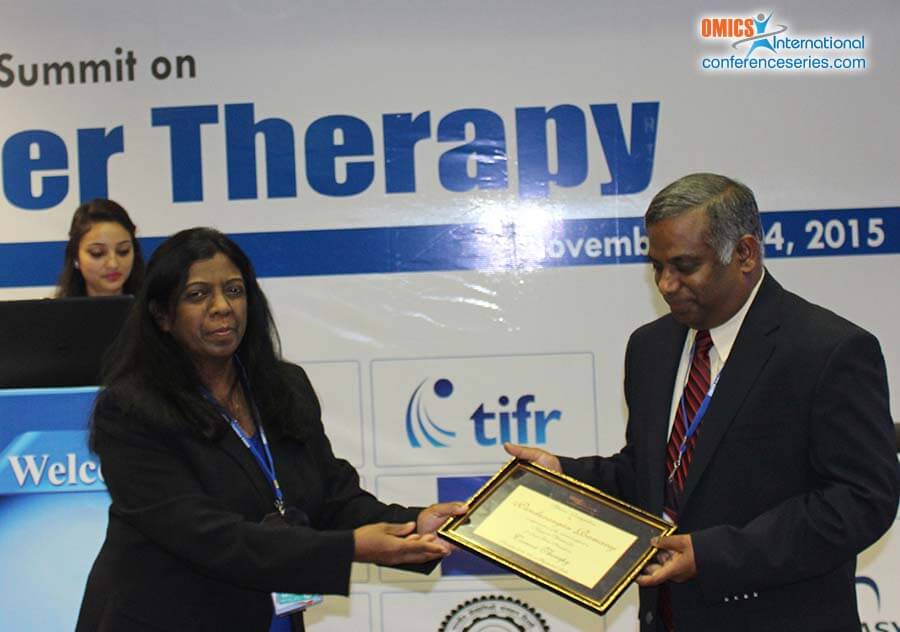
Padma P. Tadi Uppala
Loma Linda University, USA
Title: Heterogeneity of Triple-negative breast cancer across race and ethnicities, Indian women at higher risk: Should we be heading towards personalized medicine?
Biography
Biography: Padma P. Tadi Uppala
Abstract
Breast cancer is a heterogeneous disease with several subtypes presenting various morphological and molecular features, and response to therapy. While targeted therapies are available for estrogen receptor positive and HER2-positive breast tumors, triple-negative breast cancer (TNBC) which are negative for ER, progesterone receptor PR and HER2 receptors lack targeted therapies. TNBC is one of the most aggressive breast cancer subtypes and poses a clinical challenge as they lack suitable targeted therapies. Racial disparity has been recognized as a key factor in the incidence and mortality of TNBC breast cancer. The interaction of race and ethnicity with age, molecular profiles and lifestyles has contributed significantly to the heterogeneity of TNBC breast cancer. Based on gene expression profiling, cluster analysis identified 6 TNBC subtypes which included 2 basal-like, an immunomodulatory, a mesenchymal, a mesenchymal cell like, and a luminal androgen receptor subtype. Each subtype had a unique signaling pathway and responded to targeted therapies. While a majority of breast cancer patients in the US are postmenopausal, more than 80% of Indian patients are younger than 60 years of age, presenting with larger tumor size, poor tumor grade, and low rates of hormone-receptor positive status. Recent studies on breast cancer subtypes across race and ethnicity have indicated that incidence of TNBC among Indian women is rising at alarming rates. In a study that analyzed molecular subtypes in early onset breast cancer among various races that included Indian, Chinese, non-Hispanic White (NHW), African American (AA), and Hispanic women, incidence of TNBC was significantly higher (p=0.0369) with early onset (40 years and younger) in Indian women. This was followed by AA, Hispanic, NHW and Chinese women. Incidence of HER2 over-expression subtype was also highest among Indian women. Possible reasons identified for high breast cancer incidence among Indian women are westernized lifestyle, consanguineous marriages, late age of marriage and childbirth. Future studies that focus on racial and ethnic differences in genetic, reproductive, lifestyle and environmental exposures of TNBC pathways will offer unique biomarkers, targeted therapies and clinical trial design leading to personalized medicine.


